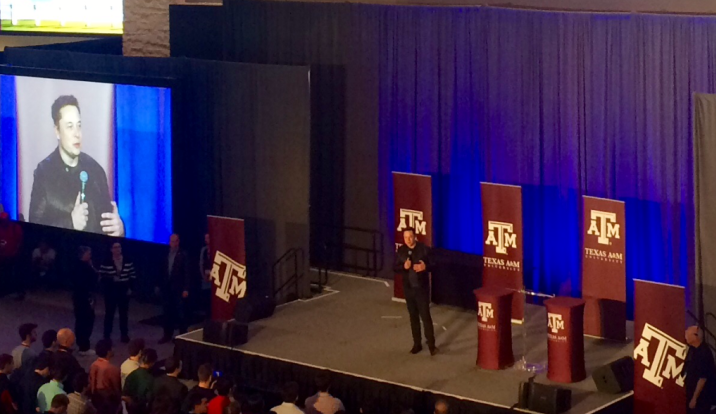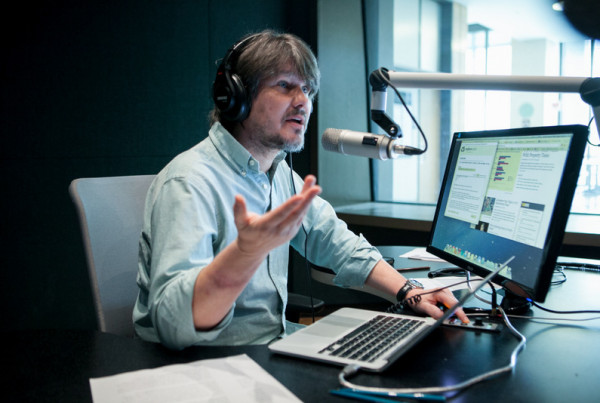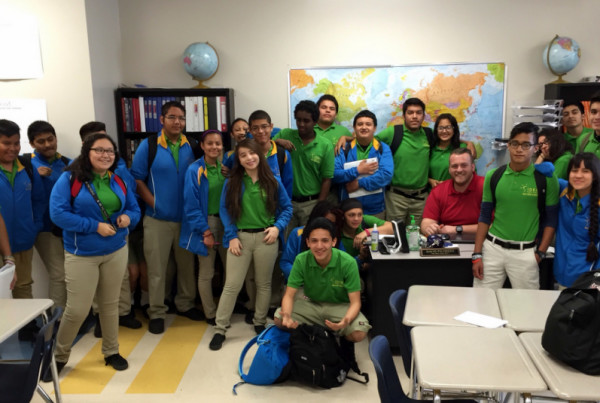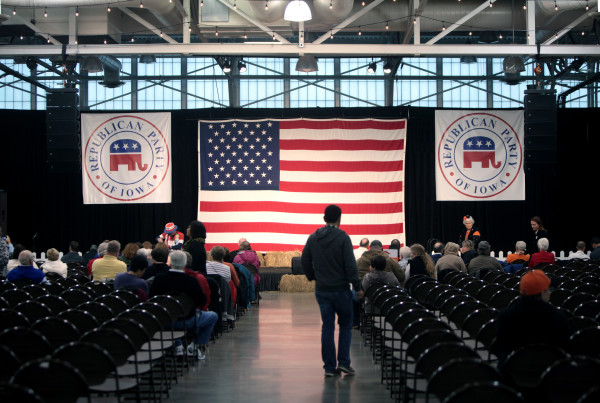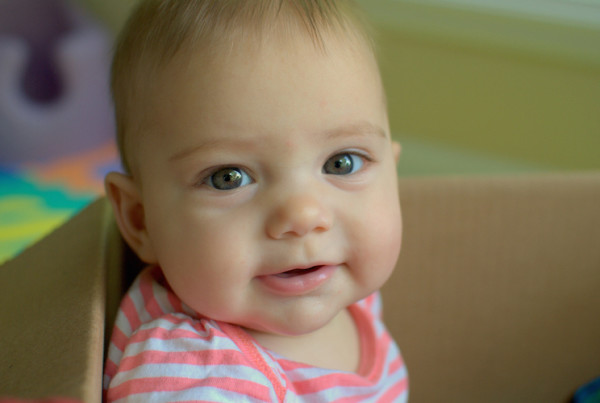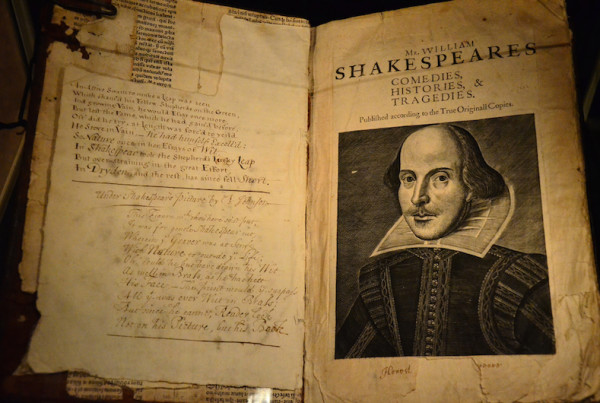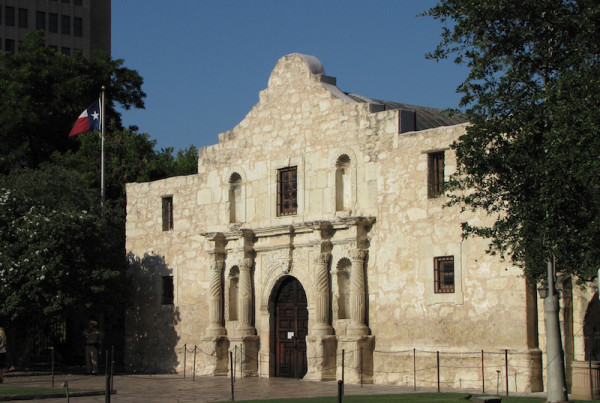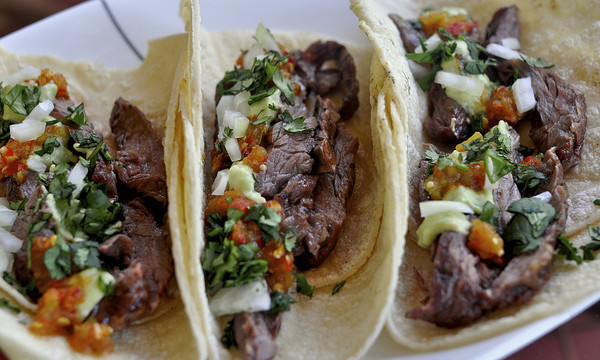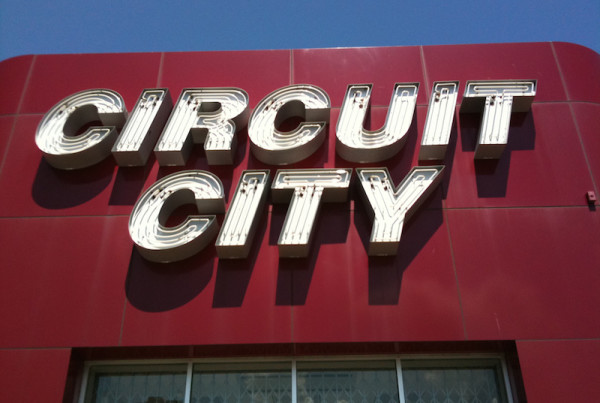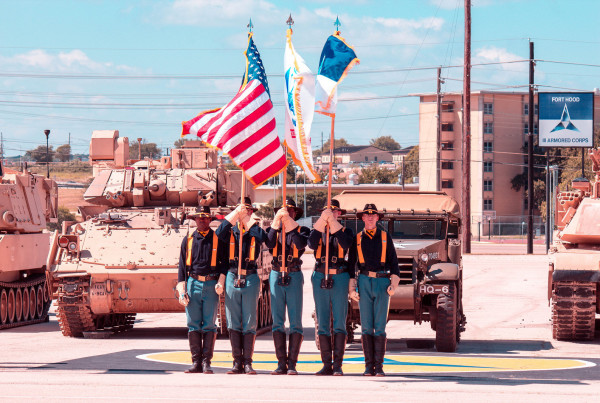A surprise appearance by billionaire super-inventor Elon Musk highlighted this weekend’s global Hyperloop Pod Competition at Texas A&M University.
The Hyperloop is a mass transit idea hatched by Musk. He’s the person behind the electric car and battery company, Tesla, and the private space launch company, SpaceX.
Musk says he thought of the idea while stuck in Los Angeles traffic one day. “There must be a better way to move around,” he remembers thinking at the time.
Musk conceived a system of tubes, hundreds of miles long, approximately 12 feet in diameter, with most of the air removed to make a vacuum. Without air resistance, a pod traveling inside the tube can go very fast, maybe as fast as the speed of sound.
Musk didn’t have time to develop the idea, so he wrote down his ideas in a now-famous scientific document called a “white paper,” and gave them to the world, encouraging anyone anywhere to work on that specific idea.
But it seems like Musk can’t totally let go of the idea. He organized this big event to get more people working on it.
More than 100 student teams, made up of more than 1,000 engineers, came from all over the world. They all raised their own money, and some students paid their own way, just to be a part of this. There were teams from Texas, the U.S., Egypt, the Netherlands, Poland, Italy, India and a number of other countries.
The judges picked a team of graduate students from MIT as the overall winner, but the teams with the best designs –more than 20 teams total – were picked to actually build their idea and bring it to the under-construction Hyperloop test track in Los Angeles for a weekend, later this year.
One of the seven Texas A&M teams that entered, called “TAMU Aerospace Hyperloop,” was selected to move on – the only team from Texas that was picked.
Most of the teams were university undergraduates and grad students, but there were three high school teams too: one from Texas.
Robert Gottschalk, from St. John’s High School in Houston, was part of a team of six that designed a pod that rides on a cushion of air. He said the judges and other teams were helpful rather than secretive. “I feel like we’ve learned so much from these other teams that it doesn’t really feel like a competition, just because of how collaborative it is,” he says.
University of Texas at Austin aerospace engineering student Sahar Rashed represented her team of 70 students. While most teams custom-designed their technology, Rashed’s “512 Hyperloop” team designed their pod from existing components – a so-called “off the shelf” approach. Her team didn’t win, but they got a lot of attention from the judges because of their unique approach to the problem.
“They liked how practical our solution was,” Rashad says. “Our solution was really modular. It breaks down different parts and we can add things to it. And it’s really easy to break it down. So they really enjoyed the simplicity of our design.”
This was a global event that put the spotlight on Texas and on Texas A&M in particular.
Texas is an important place for Musk’s work. The state ranks number 3 in the country for sales of Tesla cars. Musk’s SpaceX company is building its global launch site on the gulf coast, near Brownsville, and does much of its engine development and testing in MacGregor, near Waco.


